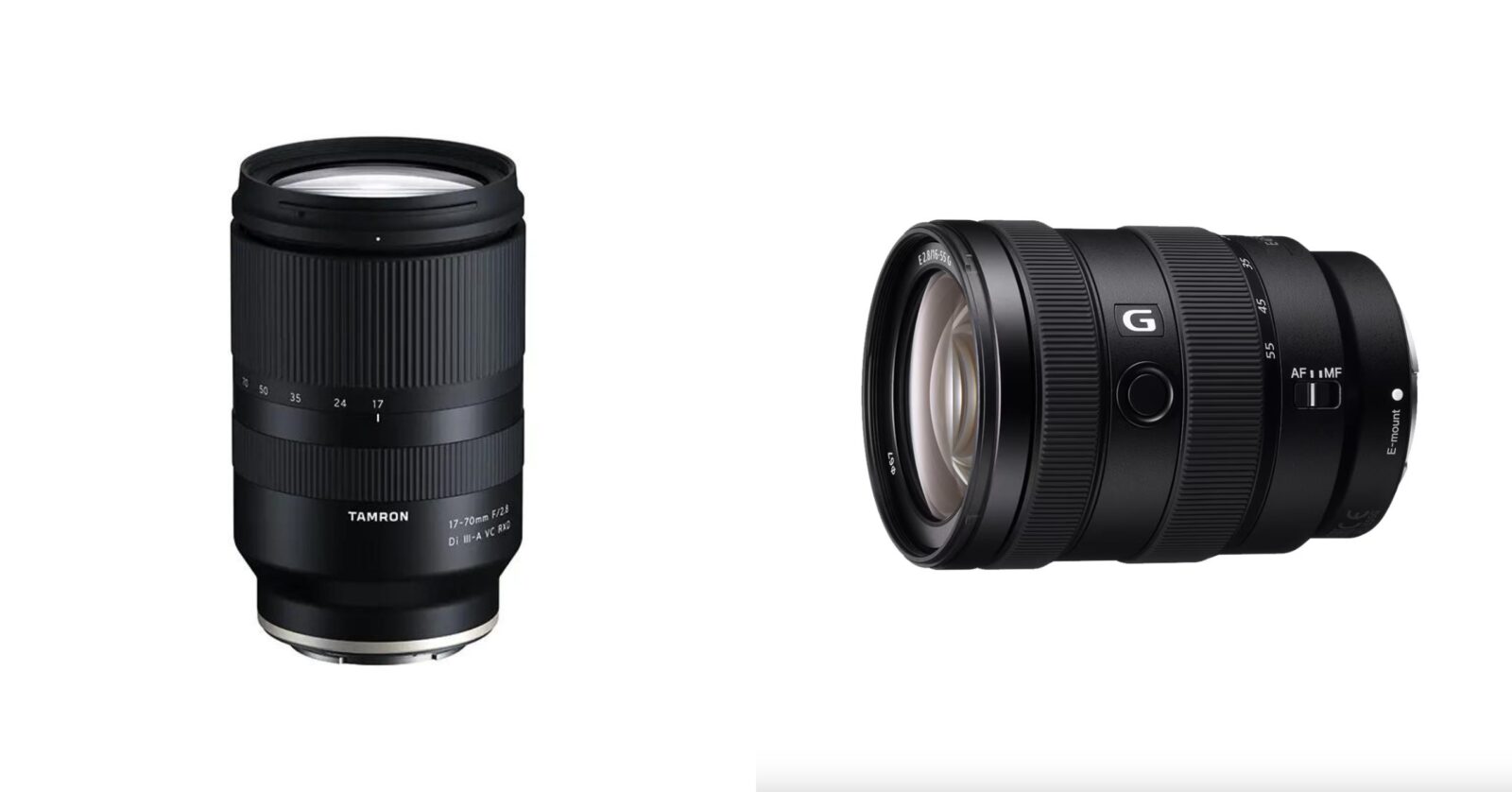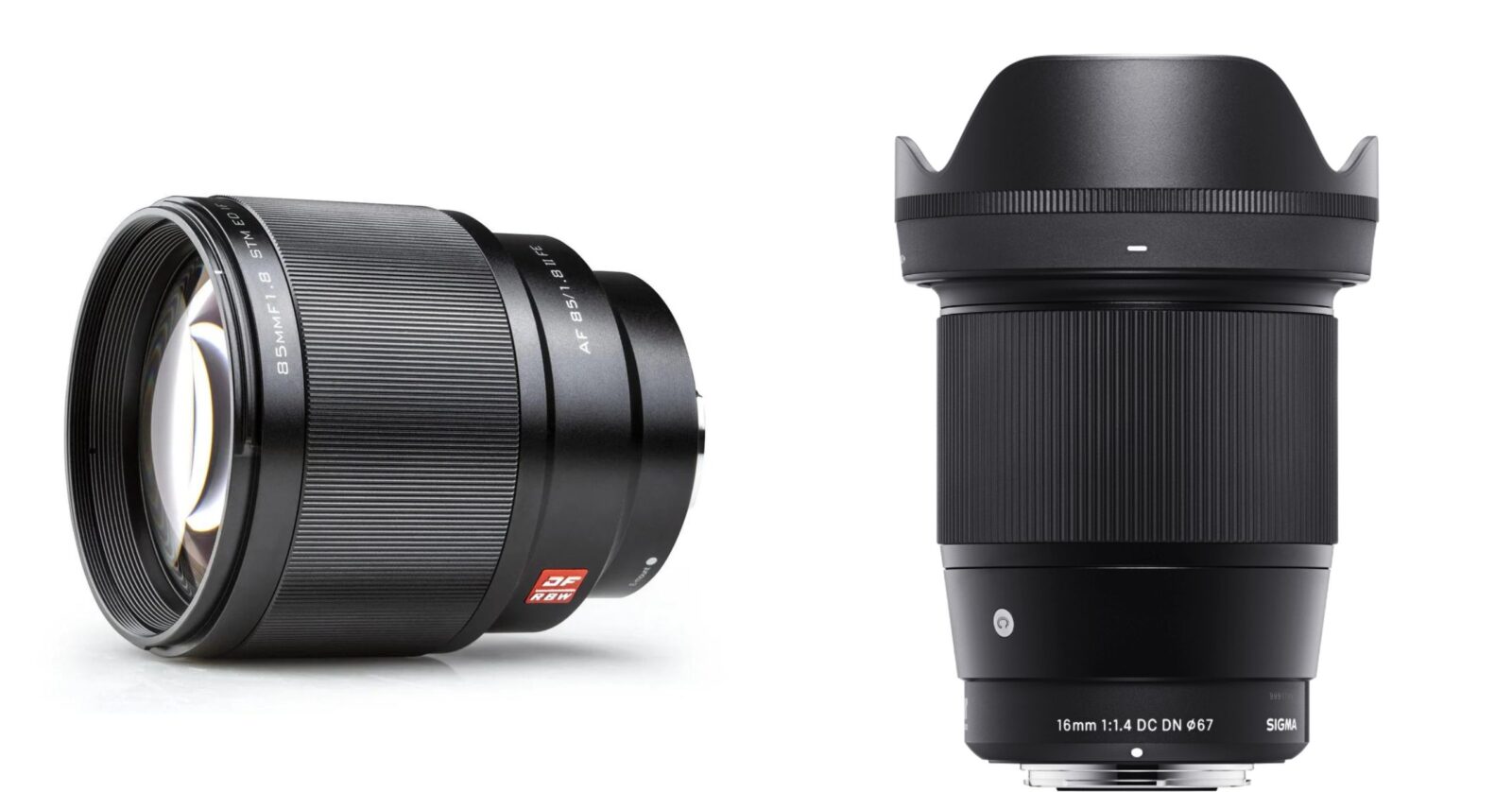From multiple premier theaters to some of the largest indoor arenas in the world, concerts are constantly being held almost every week in the Philippines and beyond, attended by dedicated fans from all walks of life. A major part of immortalizing these core memory-defining musical events is concert photography.
From the likes of Joshua Halling documenting Louis Tomlinson’s shows or Nicole Mago capturing every detail of Laufey’s Bewitched The Goddess Tour of North America to Nina Sandejas preserving moments from Rivermaya’s reunion concert or Karen De La Fuente constantly accompanying Ben&Ben wherever they perform, concert photography is an art form dedicated to encapsulating the beauty and soul of live music through images. With the right gear, especially camera lenses, you can properly prepare yourself to begin doing it too.
Today, alongside providing recommendations, Billboard Philippines will be looking into the essential types of camera lenses to have and utilize in your arsenal when taking photos of different artists in major concert settings. Specifically, we will be looking into factors such as focal lengths as well as the different types of scenarios during concerts wherein they can be most utilized in order to get the best photos.
A Wide Angle To Mid-Range Zoom Lens

Tamron B070 17-70mm F/2.8 Di III-A VC RXD Lens: taken from Tamron’s official website. Sony E 16–55 mm F2.8 G:taken from Sony Philippines’ official website.
For anyone looking to conveniently go from a wider perspective to a slightly punched in view in a matter of seconds, this type of lens will definitely do the job. Wide angle to mid-range zoom lenses are perfect during a concert when you need to capture a variety of moments on the go, especially from spaces that are sometimes tight such as the designated photo pits. With this type of lens, you can go from perfectly taking photos of on-stage moments like multiple band members rocking out or idol groups executing their intricate choreographies to instances of the audience creating a sea of lights with their phones during a heartfelt ballad.
Typically, these lenses will include a base focal length of around 16mm up to 35mm or even 50 or 70mm for some lenses. Often, the lenses of this type with the best quality will have a constant base aperture or F-stop of F2.8. For a concert setting, our recommendations include the likes of Tamron B070 17-70mm F/2.8 Di III-A VC RXD, the Sony E 16-55mm F2.8 G OSS Lens, or variants of the tried-and-tested 16-35mm lenses from the likes of Canon and Sony.
A Telephoto Zoom Lens

Canon RF70-200mm F2.8 L IS USM: taken from Canon’s official website. Fujifilm XF50-140mmF2.8 R LM OIS WR: taken from Fujifilm’s official website.
For those looking for an even farther reach with their photos, a telephoto zoom lens is undoubtedly a must-have for any concert photographer.
Whether it’s the singer jumping into the audience to crowd surf or guitarists wildly running to opposite ends of the stage, this type of lens can help you capture blink-and-you’ll-miss-it moments from far away. With these lenses, you can punch in even further, helping you capture even smallest of details from the artists on-stage, such as their unique sets of jewelry or even the intricate patterns on their clothes.
At the same time, there will be concerts when you can’t get close to the stage or even have access to a dedicated photo pit. It’s in these scenarios that this type of lens will surely come in handy, offering concert photographers an option with dynamic reach that can aid them to still take the best photos that they can even with these challenges.
These lenses usually possess dynamic focal lengths ranging from around 50mm up to 200mm and, once again, for the ones with the best quality, a constant base aperture F2.8. For telephoto zoom lenses, we recommend the likes of the Tamron A056SF 70-180mm F2.8 DI III VXD, the Fujifilm XF 50-140mm F/2.8 OIS WR Lens, or the standard 70-200mm zoom lenses, available for the likes of Sony, Nikon, and Canon.
A Handy Prime Lens

Viltrox AF 85mm F1.8 II Full Frame Lens: taken from Viltrox’s official website. Sigma 16mm F1.4 DC DN Contemporary Lens: taken from Sigma’s official website.
Prime lenses are often associated with being the main lenses you use for portraiture. In the context of concerts, we’d say it’s no different. Concert photography is pretty much taking portraits with an extra rush.
While they can’t zoom due to fixed focal lengths, these lenses help enable faster shutter speeds with their low apertures usually at F1.8 or F1.4, giving you higher chances of perfectly freezing the motion of your subjects, whether it’s a guitarist furiously headbanging or your favorite singer striking quick cute poses in between verses. In addition, their often low apertures are the most perfect for concerts, allowing more of that much-needed light into your cameras’ sensor despite the often dimly lit scenarios of these shows. Plus, they can help challenge photographers to be more creative with their compositions in a concert setting. When one is forced to actually move around, especially in the photo pit, you might just discover a new angle or two to capture your favorite artists in action.
Take your pick (or two) because prime lenses come in a variety of focal lengths. From wide angle to telephoto, these lenses enable concert photographers to capture a dynamic live show with the highest quality and sharpest of details. For wide angle prime lenses, we recommend getting the likes of the Sigma 16mm F1.4 DC DN Contemporary Lens or the Viltrox 24mm F1.8 FE lens. For mid-range ones, we recommend the reliable 50mm lenses, available for Canon, Nikon, and Sony. On the otherhand, for more telephoto options, we recommend the 85mm variants such as the Sony FE 85mm F1.8 Lens as well as the Viltrox AF 85mm F1.8 AF Full-Frame Prime Lens, available for Nikon Z mount. and Canon RF mount as well as its Version II, available for Fujifilm X mount and Sony FE mount.
Take note that not all concerts are the same. Not every show will have the same layout. Guidelines, restrictions, and regulations for concert photographers will certainly vary, constantly providing new challenges in order to get the best photos of musicians in their element. So, for situations like these, find the perfect match between these lens recommendations. If you can, go beyond them, find the right ones for your camera’s model and mount, or even experiment with other varieties and options. After all, for any concert photographer, building up a personal handy selection of lenses can undeniably be both a lifesaver and a game-changer.
